what working from home is doing to your body
an ergonomist offers tips to macgyver your at-home work station to cause less discomfort today and pain tomorrow.
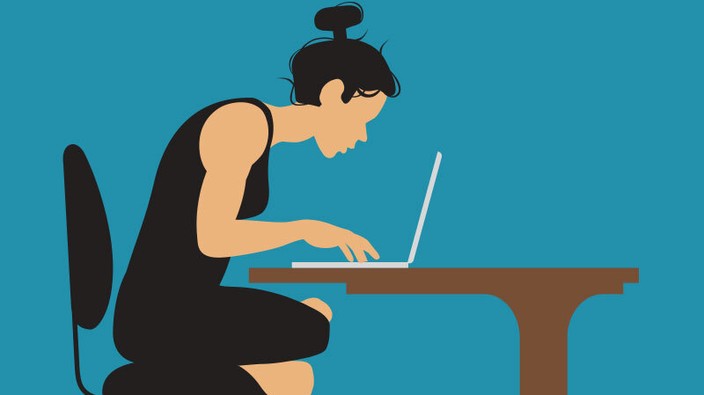
your kitchen table wasn’t crafted to torture you. and yet many of us who are working from home or in front of a screen all day are in pain and discomfort and looking to our couches and dining room tables with a sense of betrayal. however, it’s not all ikea’s fault; the way we position ourselves can have a direct impact on our bodies.and, months into a pandemic, part of the issue stems from treating our ad-hoc, at-home work stations as though we aren’t actually crouched there for hours upon hours, five days a week.rachel mitchell is an ergonomist, consultant and president of the canadian college for the certification of canadian ergonomists (cccpe). she says despite being eight months into the pandemic, “everyone’s treating this like it’s temporary. i think people are not taking the time to stop and figure out what a work station is supposed to look like, what kind of equipment you’re supposed to have.”she recommends asking your employer if you can take home the pieces of your old work-life that are collecting dust in the office, whether it’s your chair, second monitor or keyboard and mouse. apart from that, there are things you can do to prevent the aches and pains that can come from being in front of your laptop or phone all day.we identified a few positions that we often find ourselves slipping into and asked mitchell to walk us through what exactly we’re doing to our bodies — and how to feel better today and prevent sore necks and tight shoulders tomorrow.the laptop slouch
advertisement
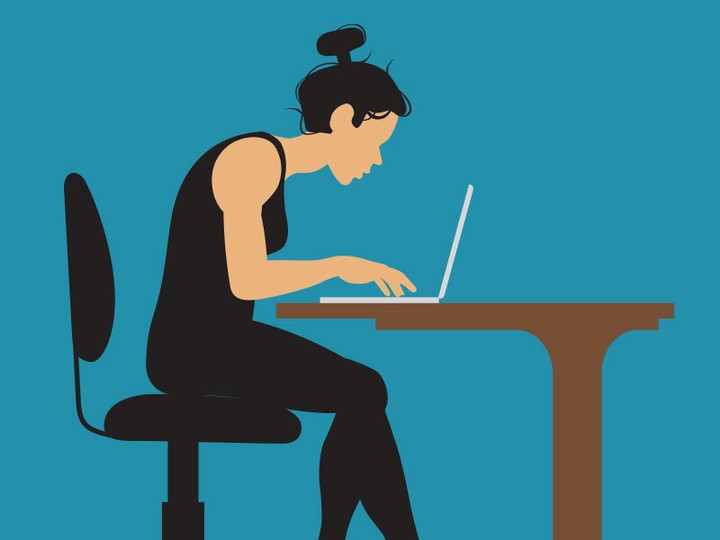
illustration: brice hall
this position is seen in countless spaces: at your desk, the kitchen table, the dining room table, sitting on the floor in front of a coffee table, the couch etc. etc. it’s characterized by titling your head down toward your computer screen and often includes raised shoulders with uncomfortably high elbows. the laptop is bad news for the working-from-home life. mitchell points out that they were never designed with eight-hour work days in mind: they’re meant for transport, for grabbing your laptop on the go and taking it into a conference room to type through a meeting, for example. the problem stems from the fact that the keyboard and monitor are attached and far too close together.in other words, the top of your screen should be at eye level and your keyboard at elbow-level when you’re sitting down.“the human head is labout twelve pounds. when you sit at a laptop, your head comes forward and the further your head comes forward, the more the muscles in your neck then have to support what is basically a bowling ball that wants to roll forward,” mitchell says. “the taller you are and the smaller your laptop monitor, the worse that posture gets.”then there are your elbows. most kitchen and dining room chairs weren’t built to be adjusted so many of us are sitting on chairs at tables that are actually too high. so our elbows are up and our shoulders head towards our ears.if you can’t be reunited with your office chair and second monitor, or you never had one in the first place, mitchell suggests hooking up your laptop to a keyboard and mouse and raising the laptop up so that the top part of the screen is up where it should be: eye level. this is often why people say things like “i carry my tension in my shoulders,” mitchell says. she suggests using what you can to raise the monitor: amazon delivery boxes, even upended turkey pans.“there is also a height-adjustable desk in almost everybody’s house. it’s called an ironing board,” she says. “you can adjust an ironing board down to your seated elblow height, particularly for people who are really petite and the dining room or kitchen tables are just way too tall.” a foot rest can also help.mitchell realizes that most of us are labouring at less-than-ideal work stations. she recommends trying to change positions as much as possible, such as moving to your kitchen counter every now and then to avoid the trap of sitting in the same position for hours. even if you’re feeling okay now, you may feel the wear-and-tear on your body months, or even years from now if you’re holding the same poses long enough.the doomscrolling hunch
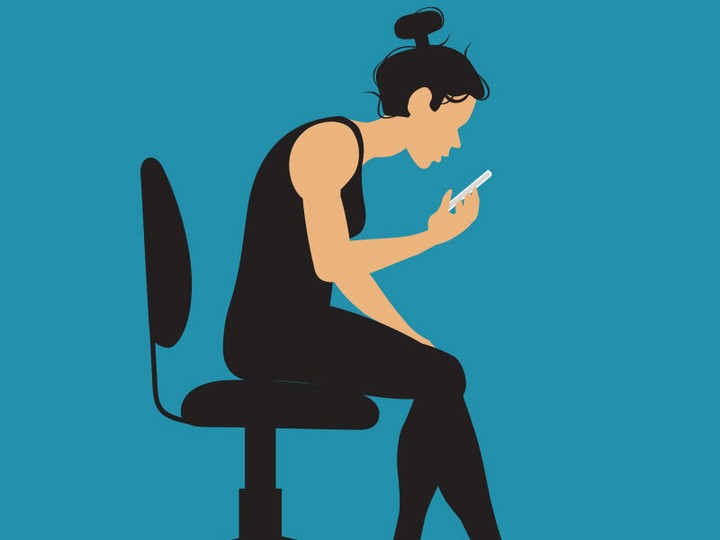
illustration: brice hall
advertisement
popularized by the journalist karen ho, doomscrolling is a term that describes an inability to get off of social media feeds when there’s plenty of bad news to read (hello pandemic). many of us are on smartphones when we’re not at our laptops. the doomscrolling hunch position is similar to the laptop slouch but involves a smaller piece of e-equipment. extremely versatile, it can be performed just about anywhere: your desk, the couch, in bed etc. it involves positioning your head down, elbow aloft, in front of a small screen.mitchell says using your smartphone for long periods is similar to the issues described with laptops: the weight of your head is pulling on your neck.“usually, to see [the mobile phone] well, you’ve got one arm kind of held up in the air, so your elbow’s not resting down against your body so that loads the shoulder. the shoulder’s doing a lot of work,” she says. “then you’ve got a grip in your hand for extended periods of time, so people will get hand cramps or pressure points where the phone digs into the base of their thumb, depending on how they’re holding it.”one of the key things to remember when it comes to these discomfort-causing positions is moderation. try to switch things up and avoid spending more than 20 minutes locked into the same position that can be causing stress on your body.the leg pretzel
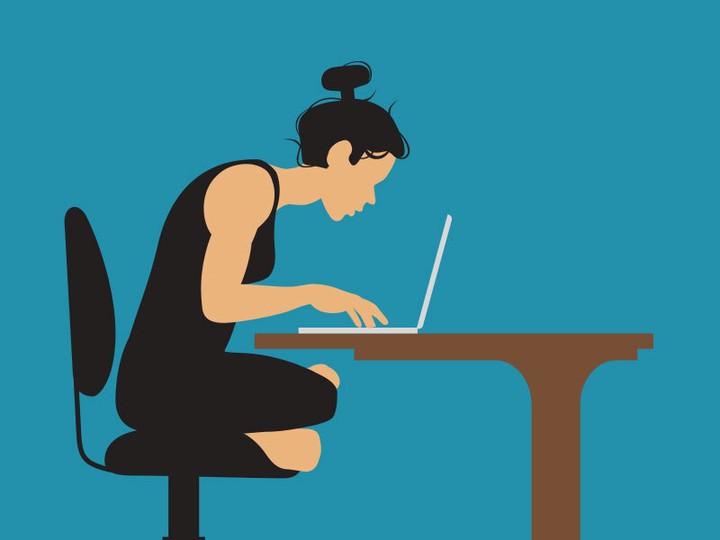
illustration: brice hall
advertisement
this position builds on the laptop slouch by adding a new element: crossed legs. it involves sitting on a chair, crossing your legs, and sometimes even stuffing them under your desk/kitchen table/work surface.“you can’t tell people not to cross their legs. they like to change postures,” mitchell says. “go ahead and cross your legs. but alternate which leg gets crossed over which, and don’t do it for more than 10 or 20 minutes at a time.”she also points to why some of us might be sitting cross-legged or with one leg folded under our bum while working — again, it all comes down to height.“usually, people cross their legs to eliminate the pressure on the back of the thigh that you get when your feet are not firmly planted on the ground,” she says. “so if you’re 5’4 and sitting at a kitchen table or dining room chair, chances are your feet are not set on the ground, so you get a little more pressure on the back of the thigh and that can be uncomfortable.”a foot rest can help in these situations.“if you give those people something to put their feet on, you might find that they cross their legs a bit, but they also use the footrest a bit,” she says. “again, you’re moving them through more postures. this is ‘everything in moderation’ when you don’t have something that’s ideal.”the netflix twist
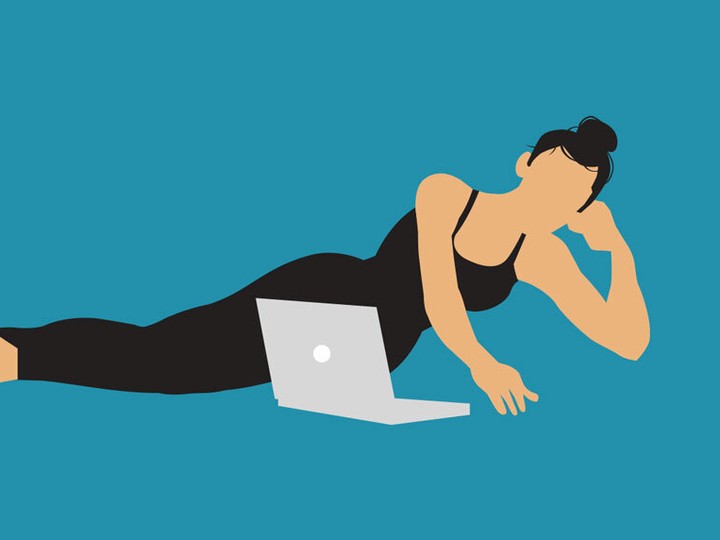
illustration: brice hall
getty
advertisement
we won’t cop to using this position during the work day … so let’s pretend we solely use it during leisure hours. it involves half-reclining, half-sitting up. while lying down on your side, the upper half of your body is twisted upwards to watch a television or stare at a laptop. the head is propped up on a hand or elbow.“i think the best rule of thumb is you want to be square,” says mitchell. “whatever you’re looking at should be directly in front of you. the head twisted to the side is a recipe for a sore neck. positioning what you’re working on square in front of you means your back is not twisted and your neck is not twisted.”and yet, the siren call of the couch can be hard to resist. one way to avoid aches and pains is to avoid sticking to the same positions.“we all have a tendency to sit on a certain side of the couch and lean left or lean right,” she says. “maybe between episodes of whatever you’re purge watching, switch to the other side of the couch, so again, you’re trying to get a little bit of variety and movement.”get up whenever you can to keep movement in your body, mitchell says, even if it means doing things like drinking more tea so that you’re forced to get up and go to the bathroom more frequently.the 2020 lie-down
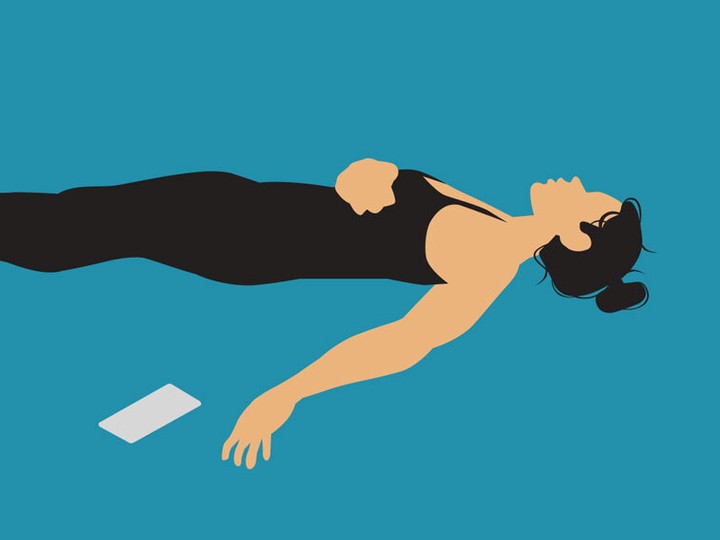
illustration: brice hall
advertisement
many of us are feeling pandemic fatigue or burnout and coping by sleeping longer or just lying around more frequently, whether in bed, on a couch or on the floor (perhaps with our phone or laptop recently thrown from our grasp).when it comes to our health, a lot of us often ignore one of the most common and best pieces of advice: everything in moderation. that goes for the positions we find ourselves in as well.“most of us have had the experience that if you sleep a really long time, once you wake up your back is sore,” says mitchell. “it’s because you’ve been in the same position for such an extended period of time that you’re basically only loading your muscles or joints in a particular way. this is really again about moving around, about changing postures more often.”mitchell says ergnomics is about making choices predictively and setting ourselves up so that we’re not feeling the strain on our bodies later.“people make the choices they need to make to get to the end of the day today, and they’re not always making decisions about what is in their best interest six months from now, or even five years from now,” she says. “the injuries that result from bad posture can take months, even years to set in. this is about wear and tear on the body over extended periods of time, and thinking about what kind of body shape you want to be in six months from now and prioritizing your health and well-being.”monika warzecha is the homepage editor at healthing.ca.don’t miss the latest on covid-19, reopening and life. subscribe to healthing’s daily newsletter covid life.
 8 minute read
8 minute read
